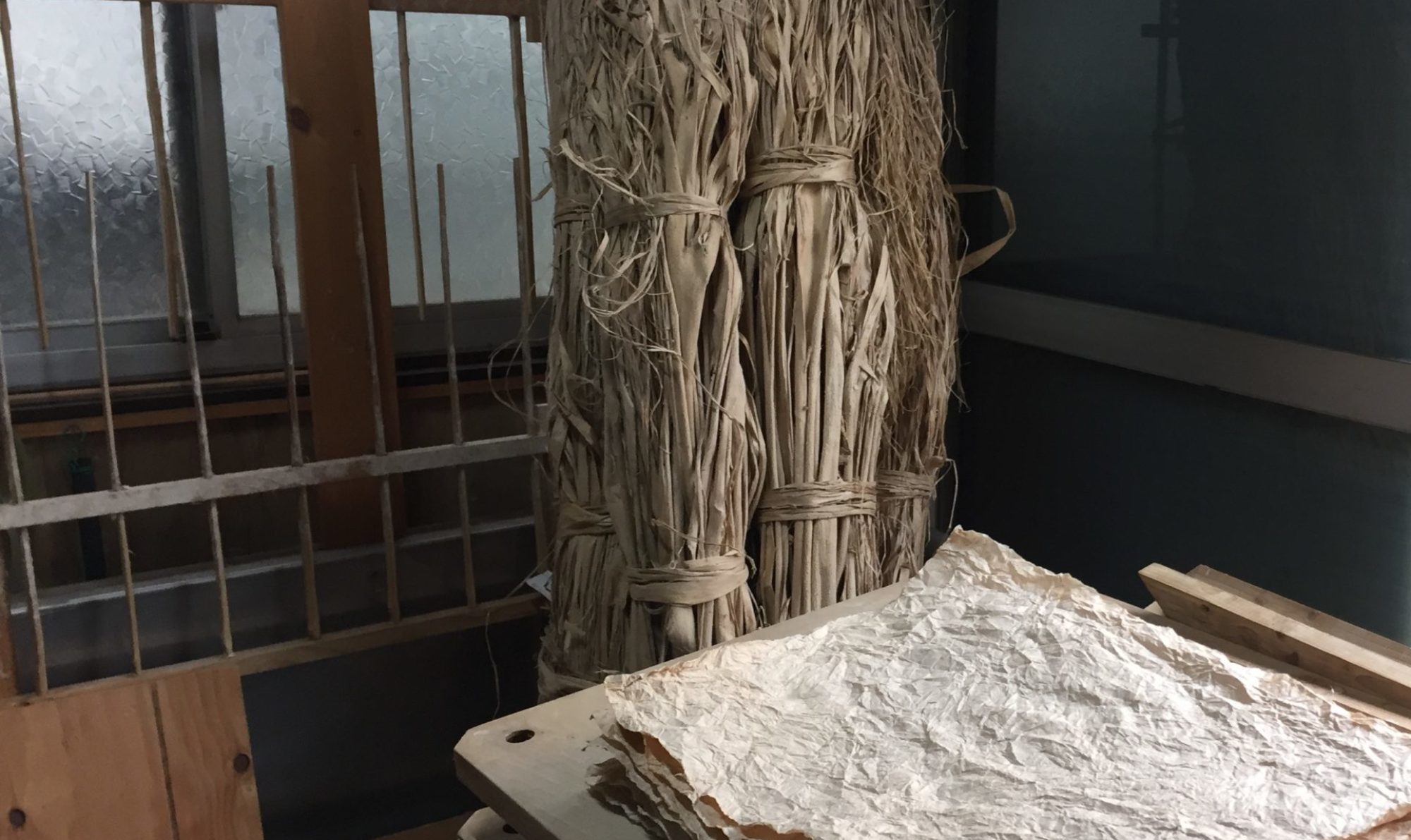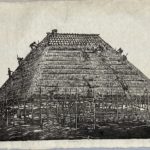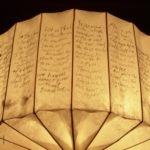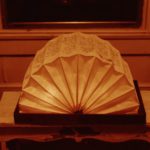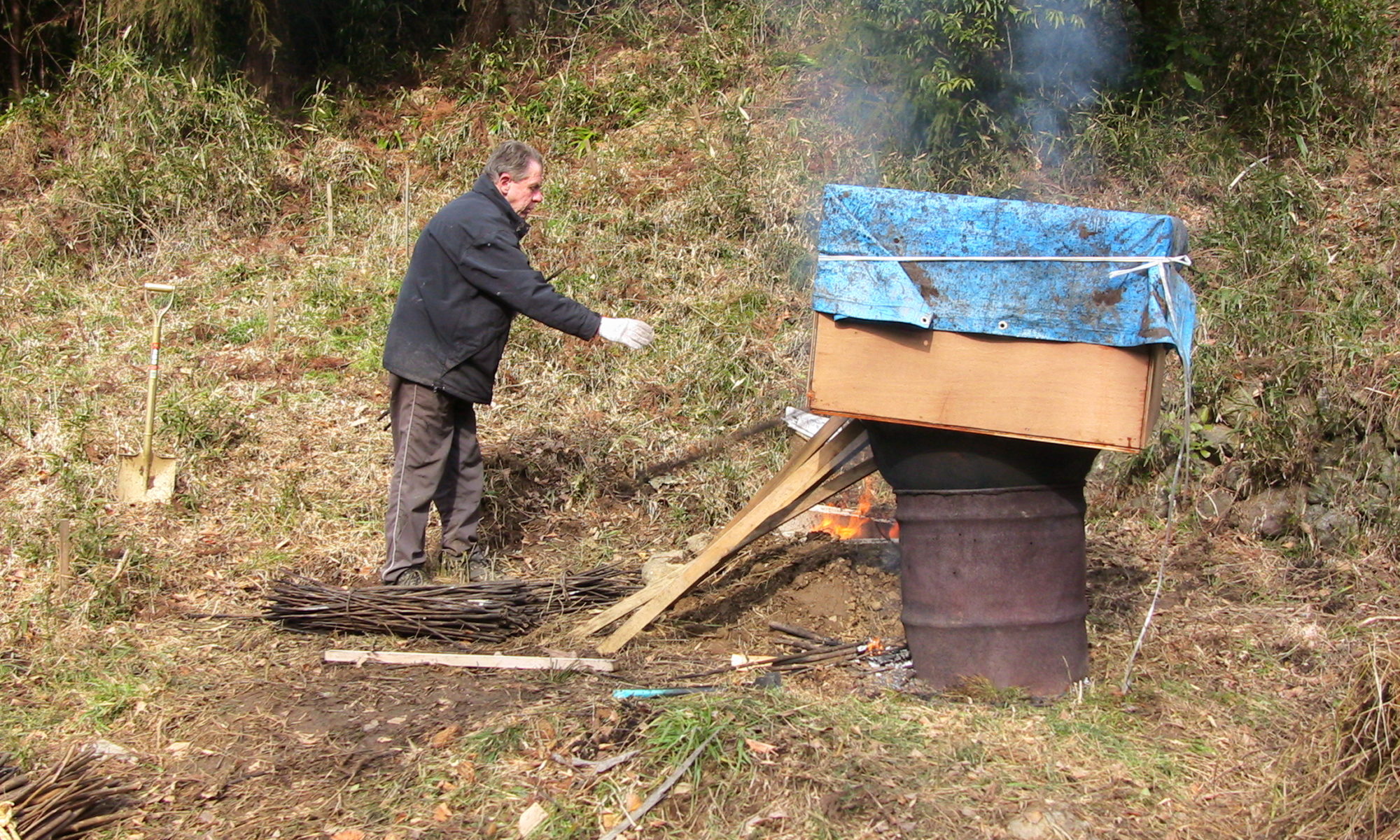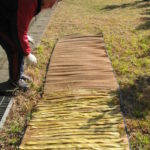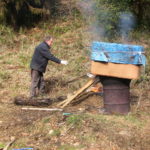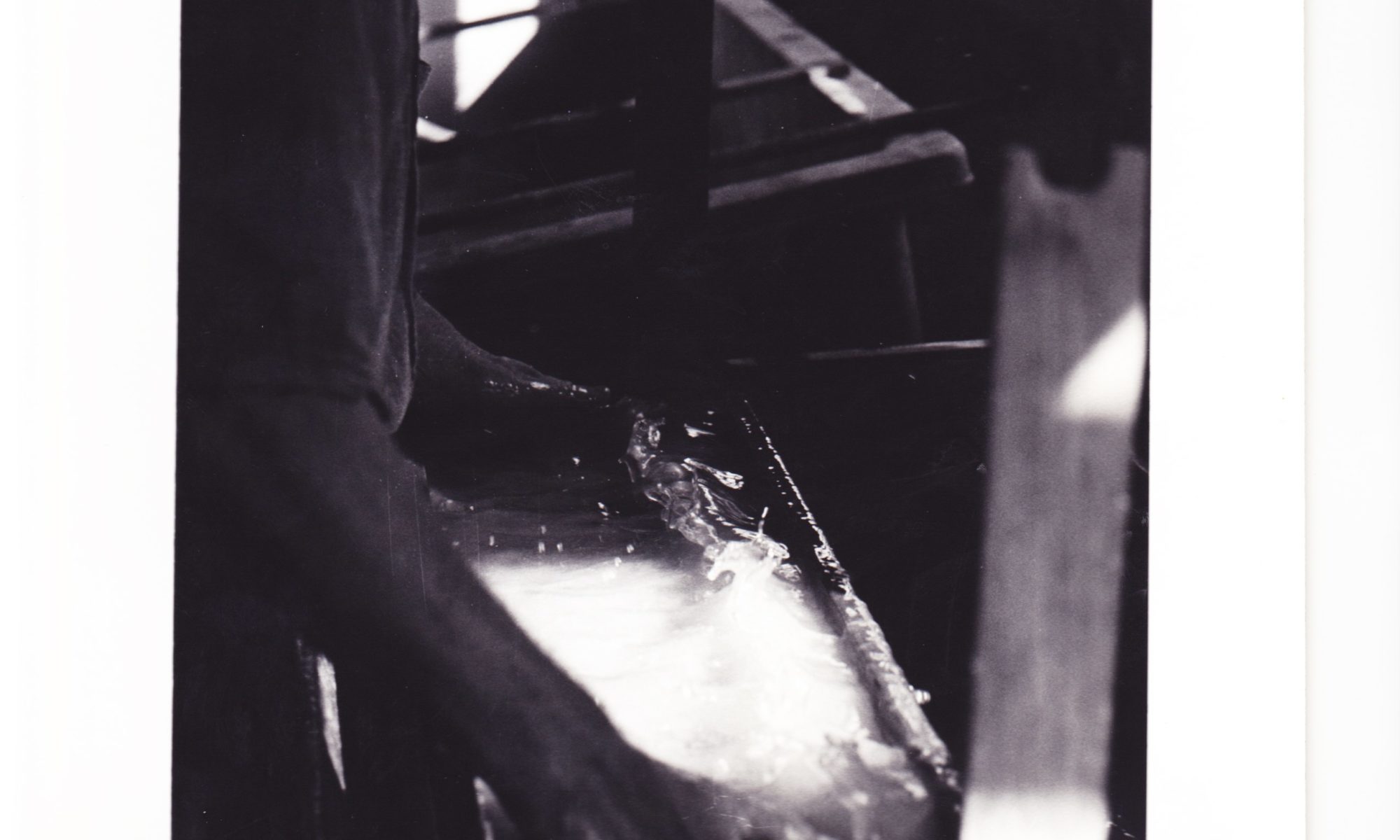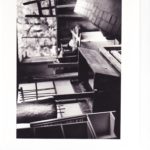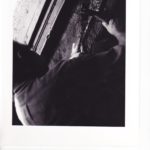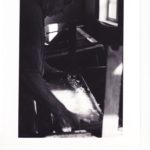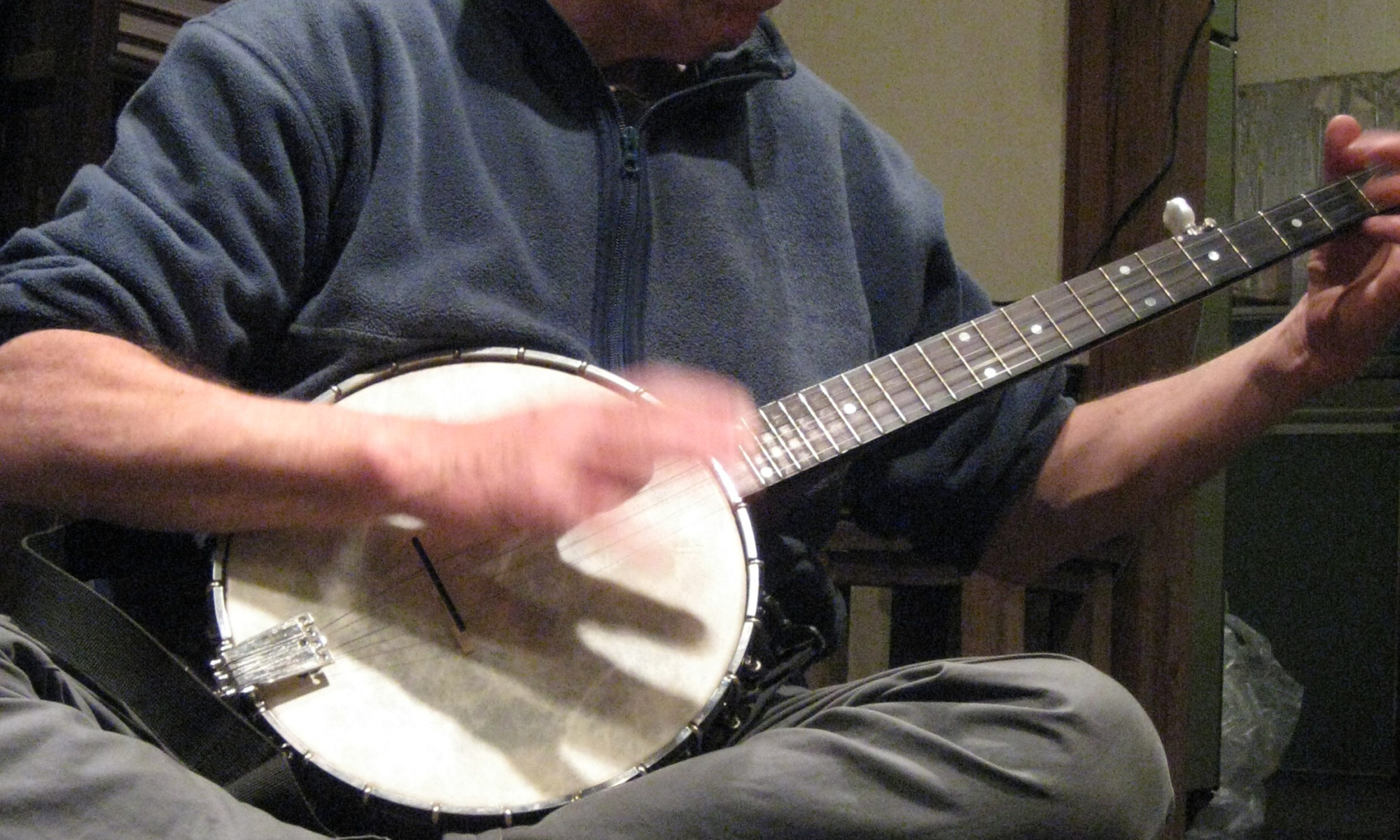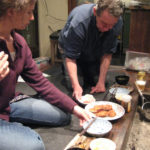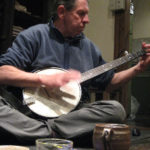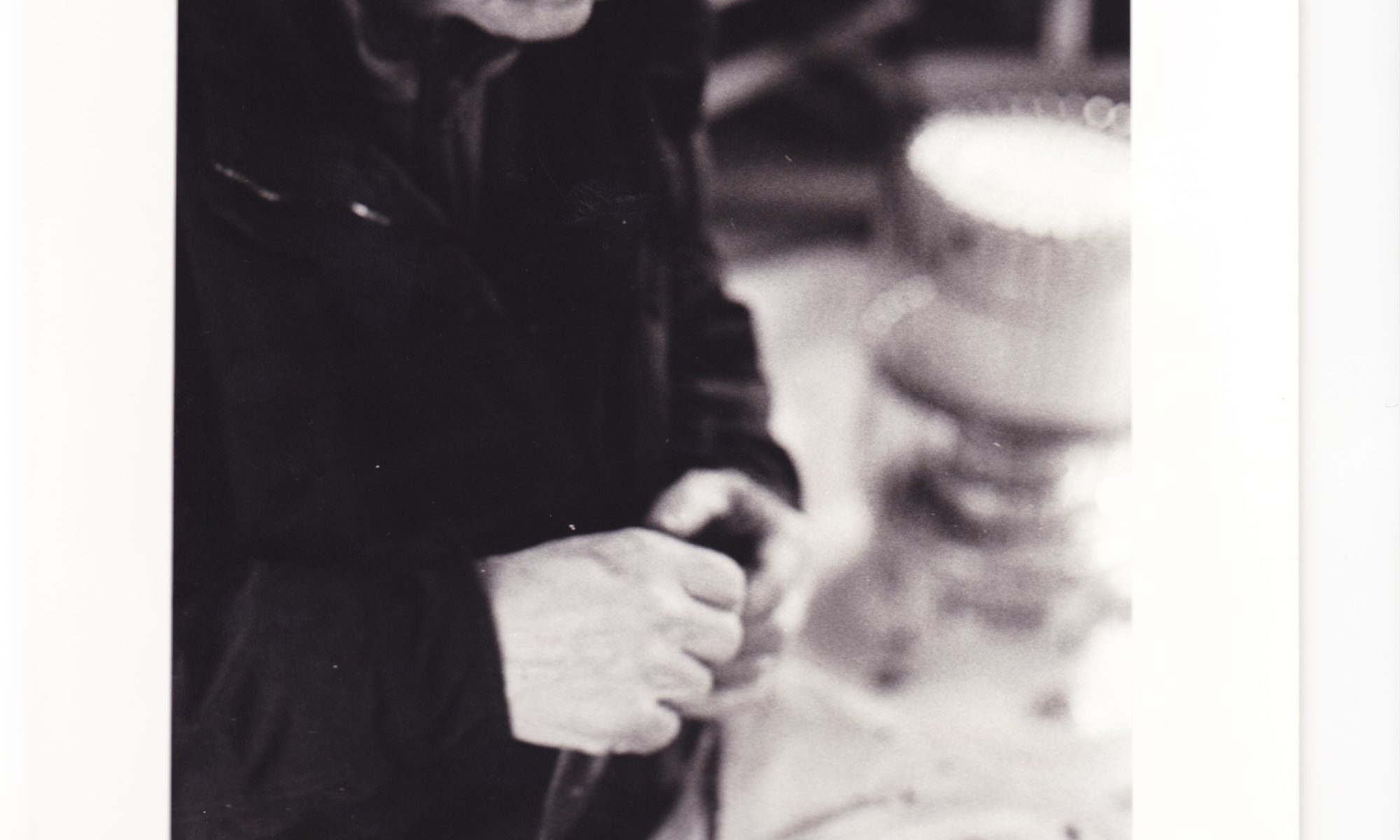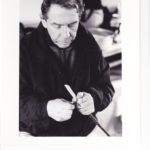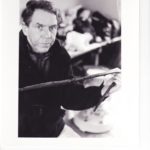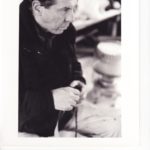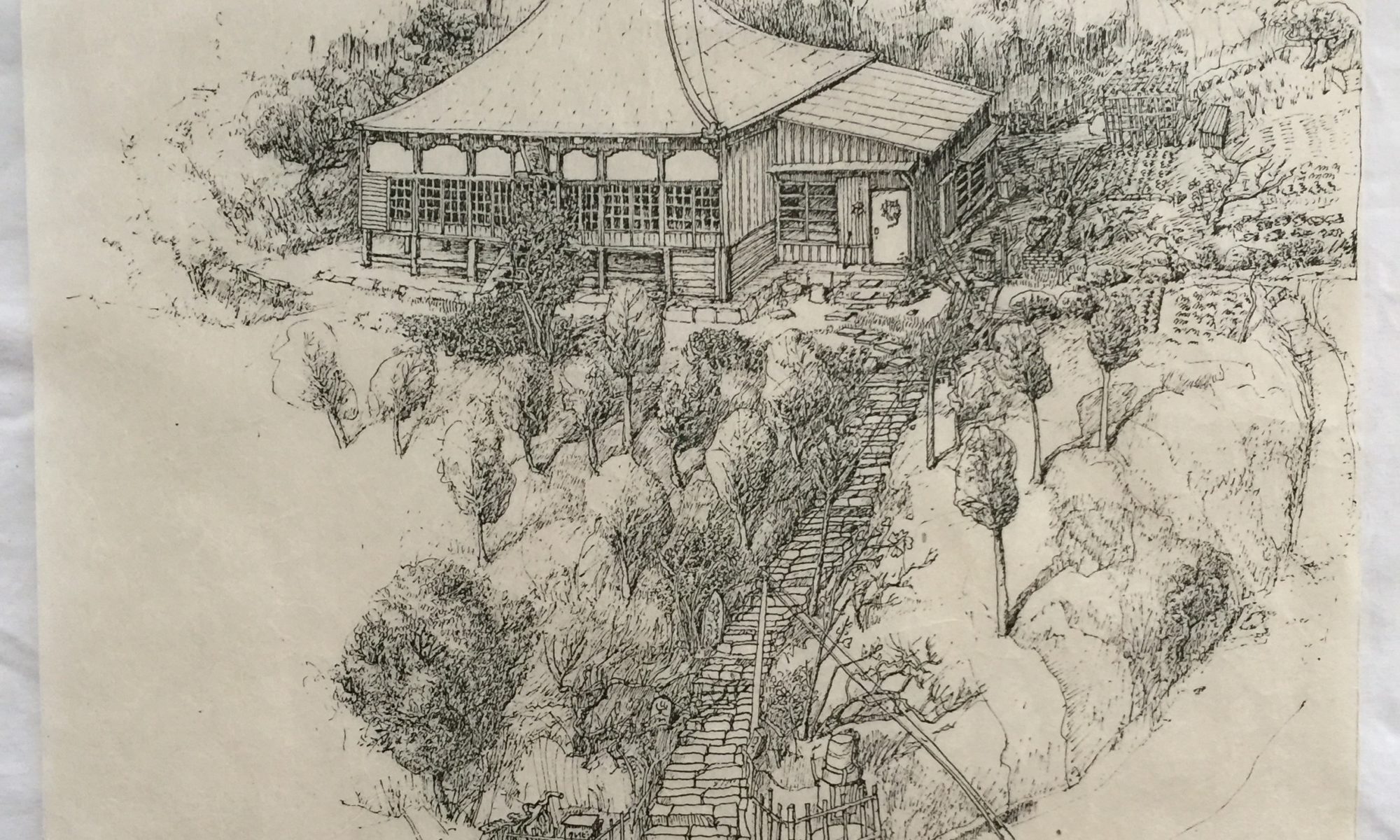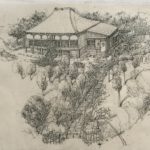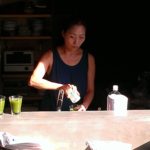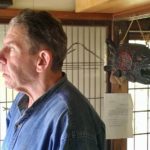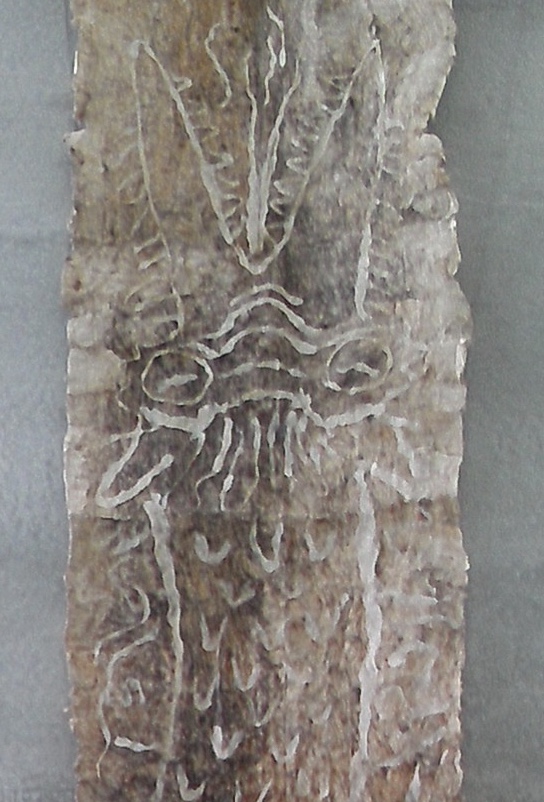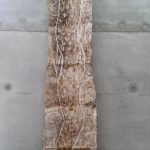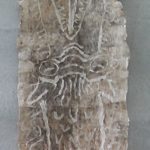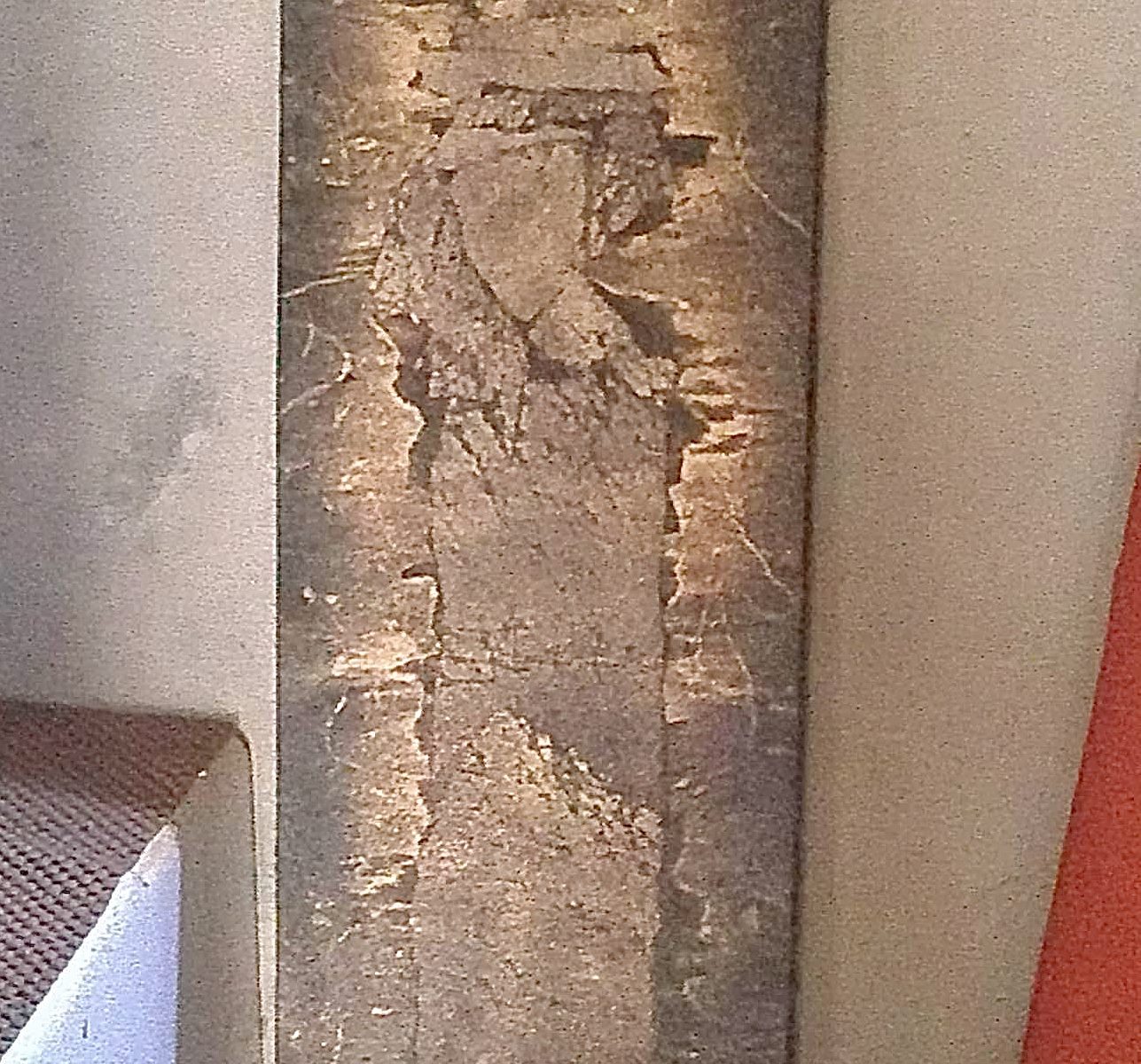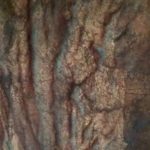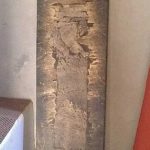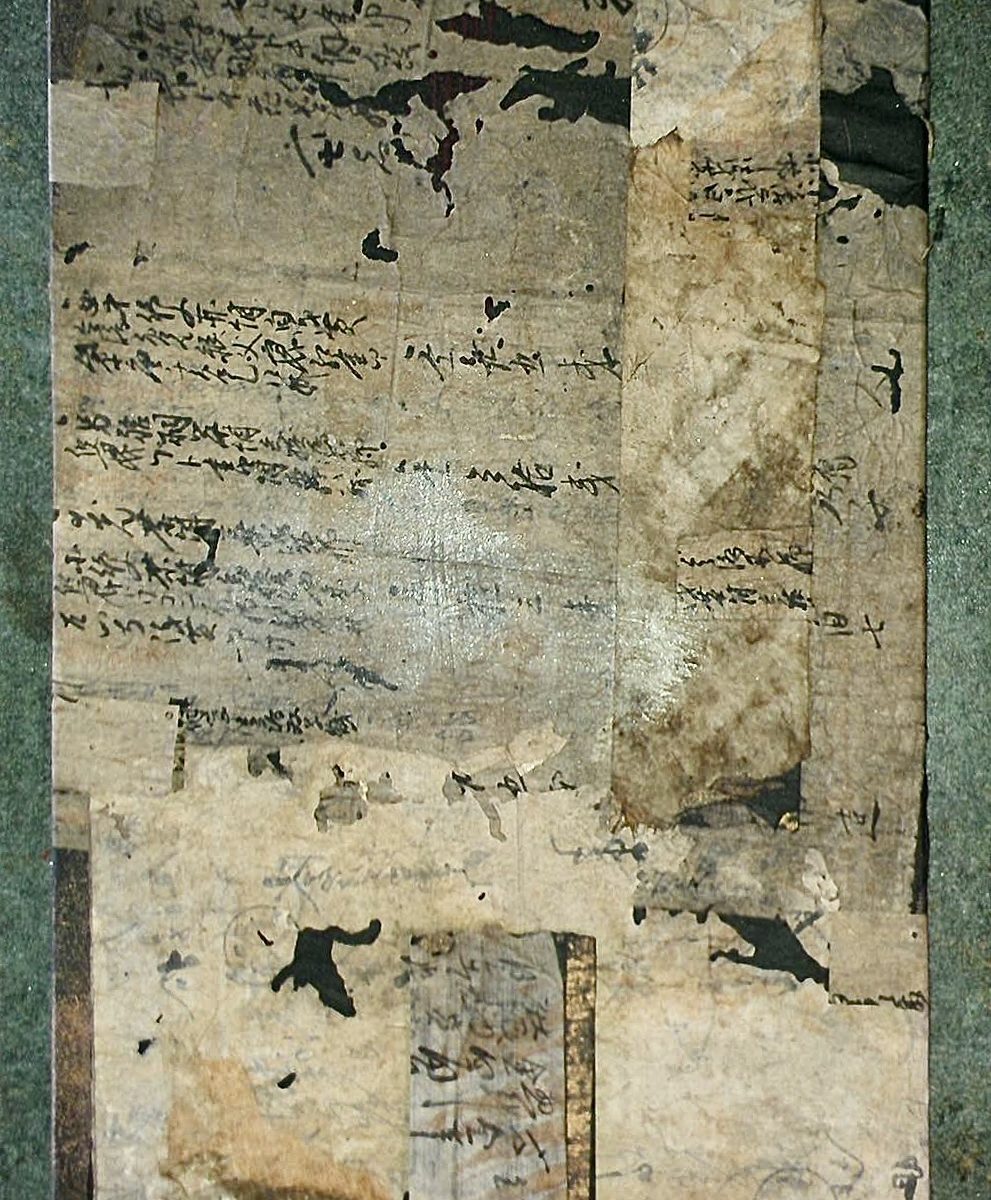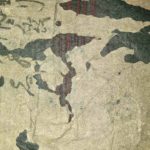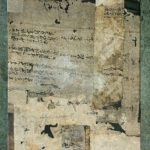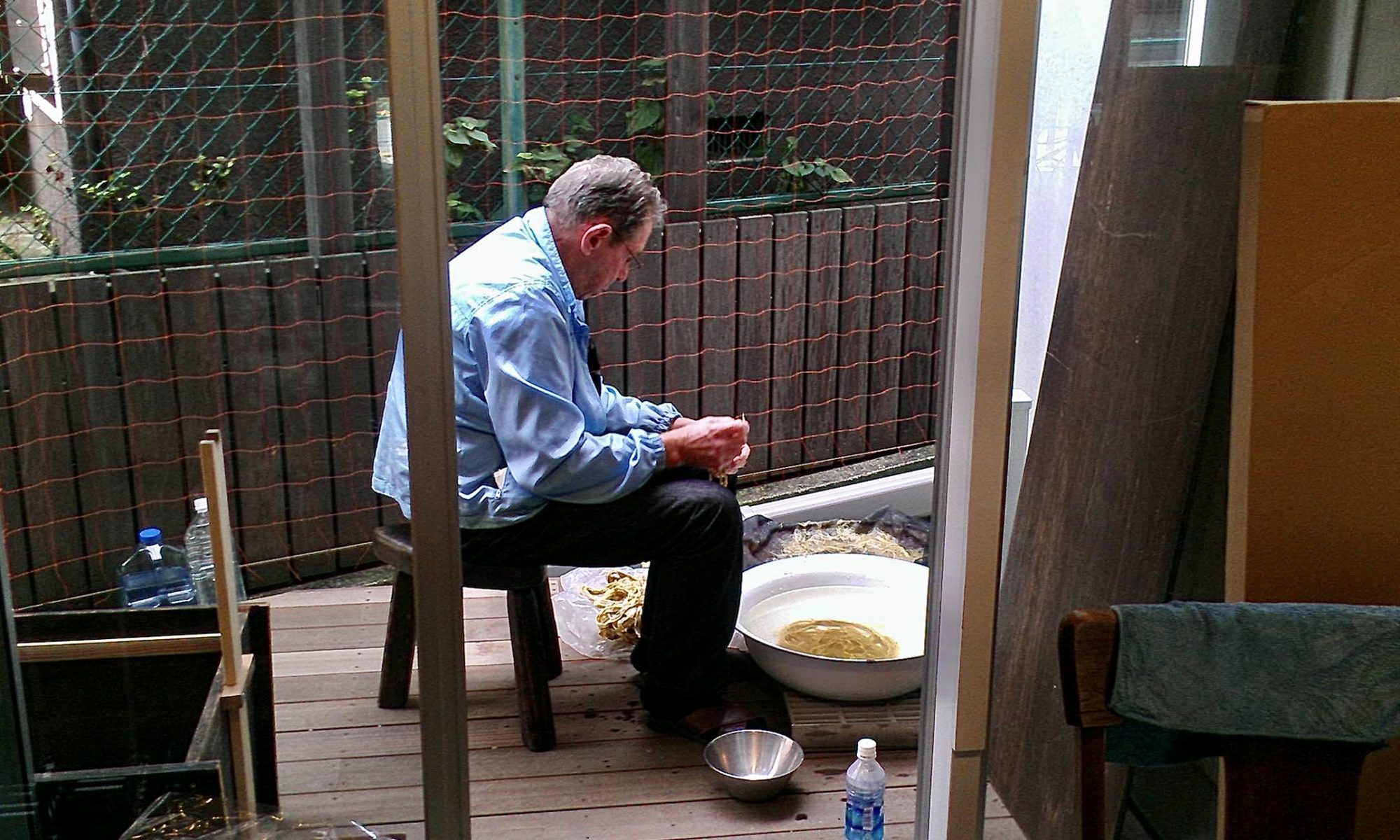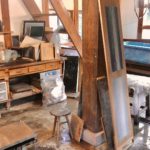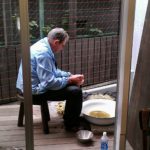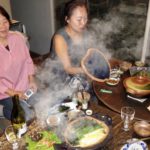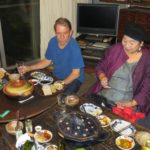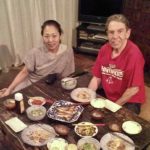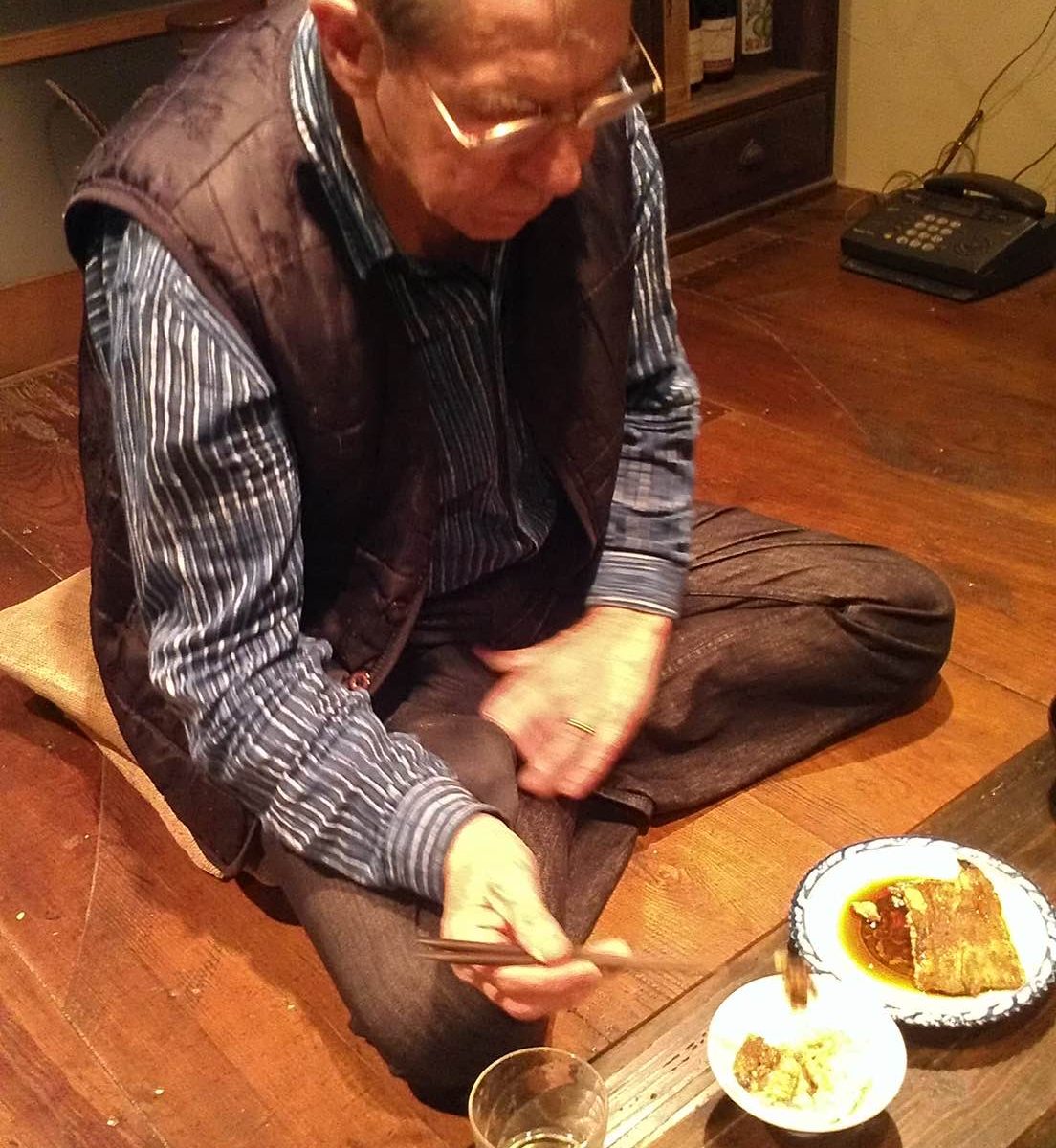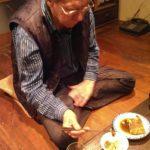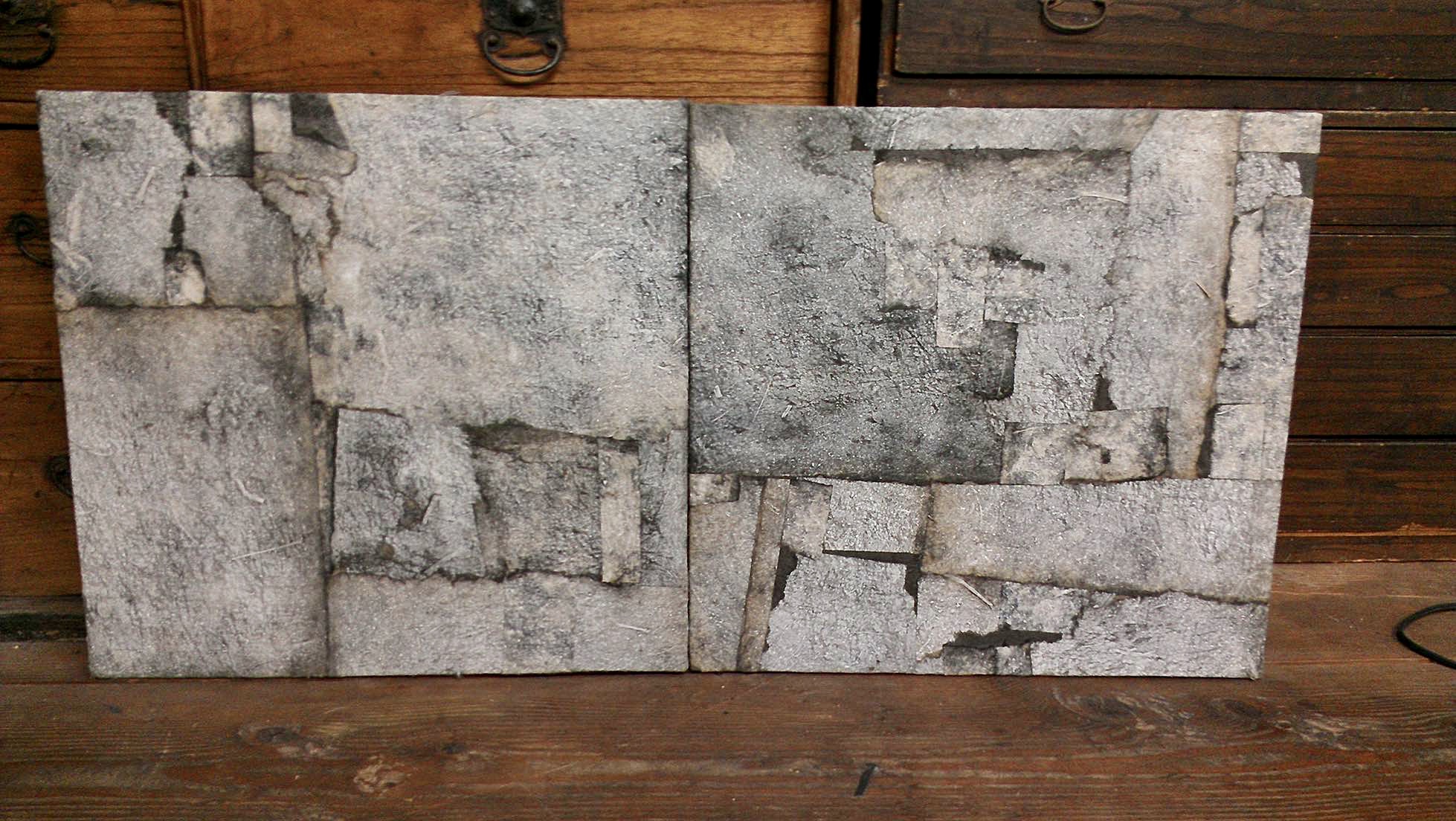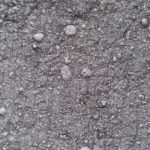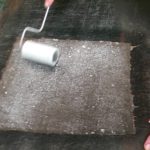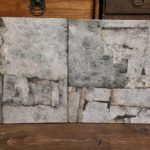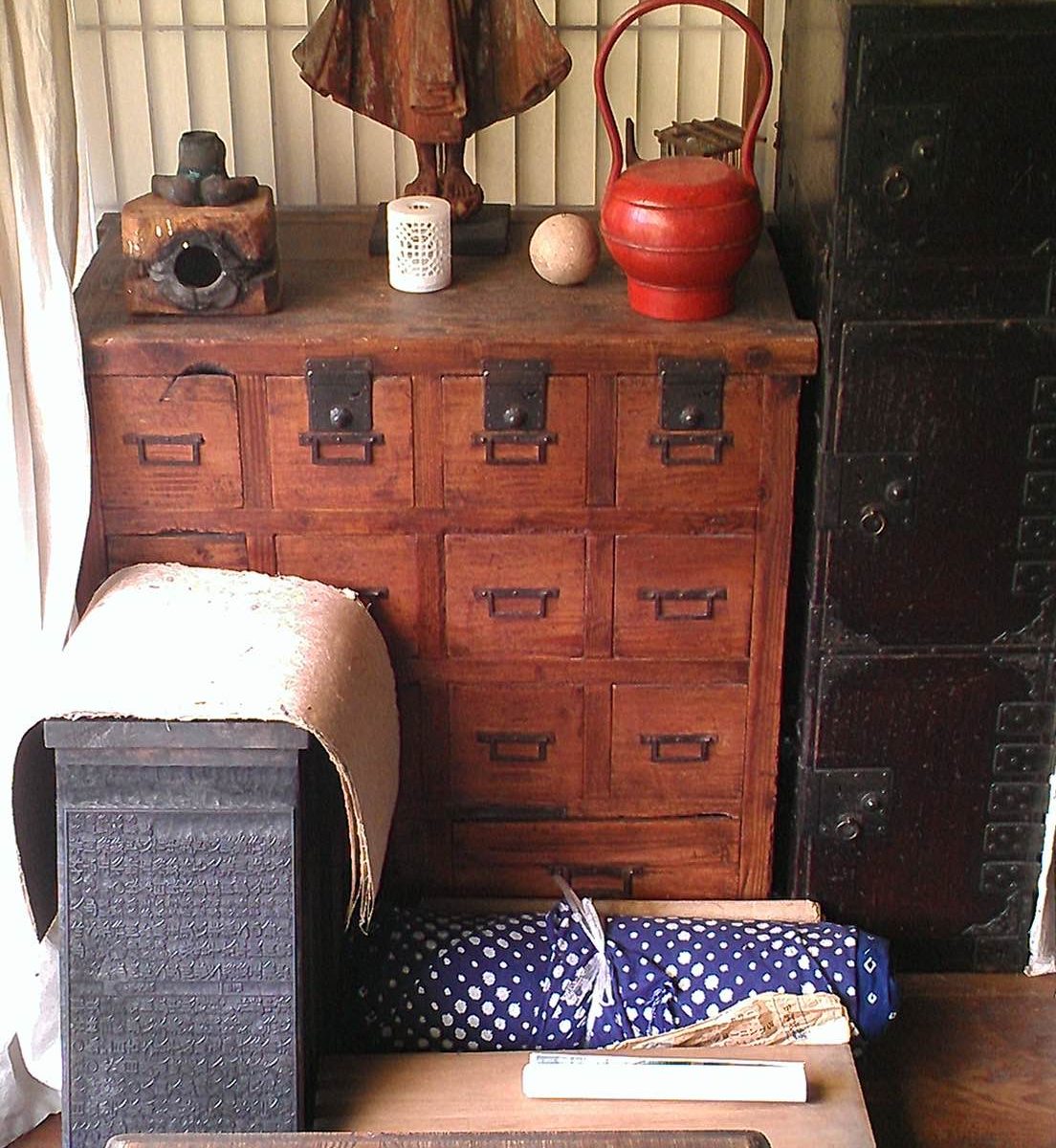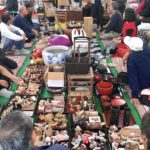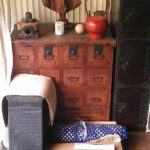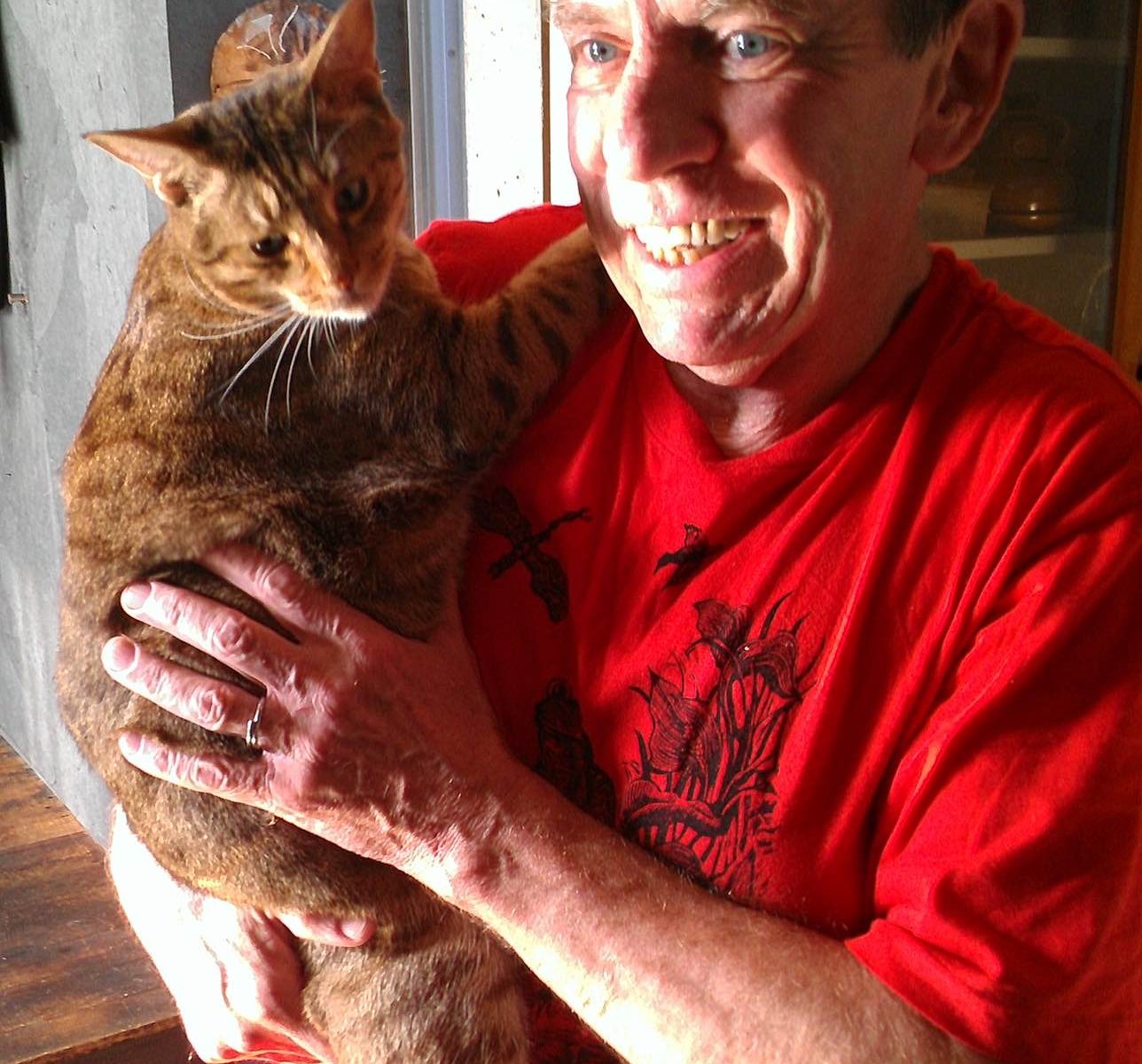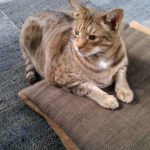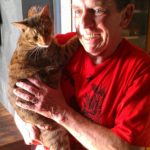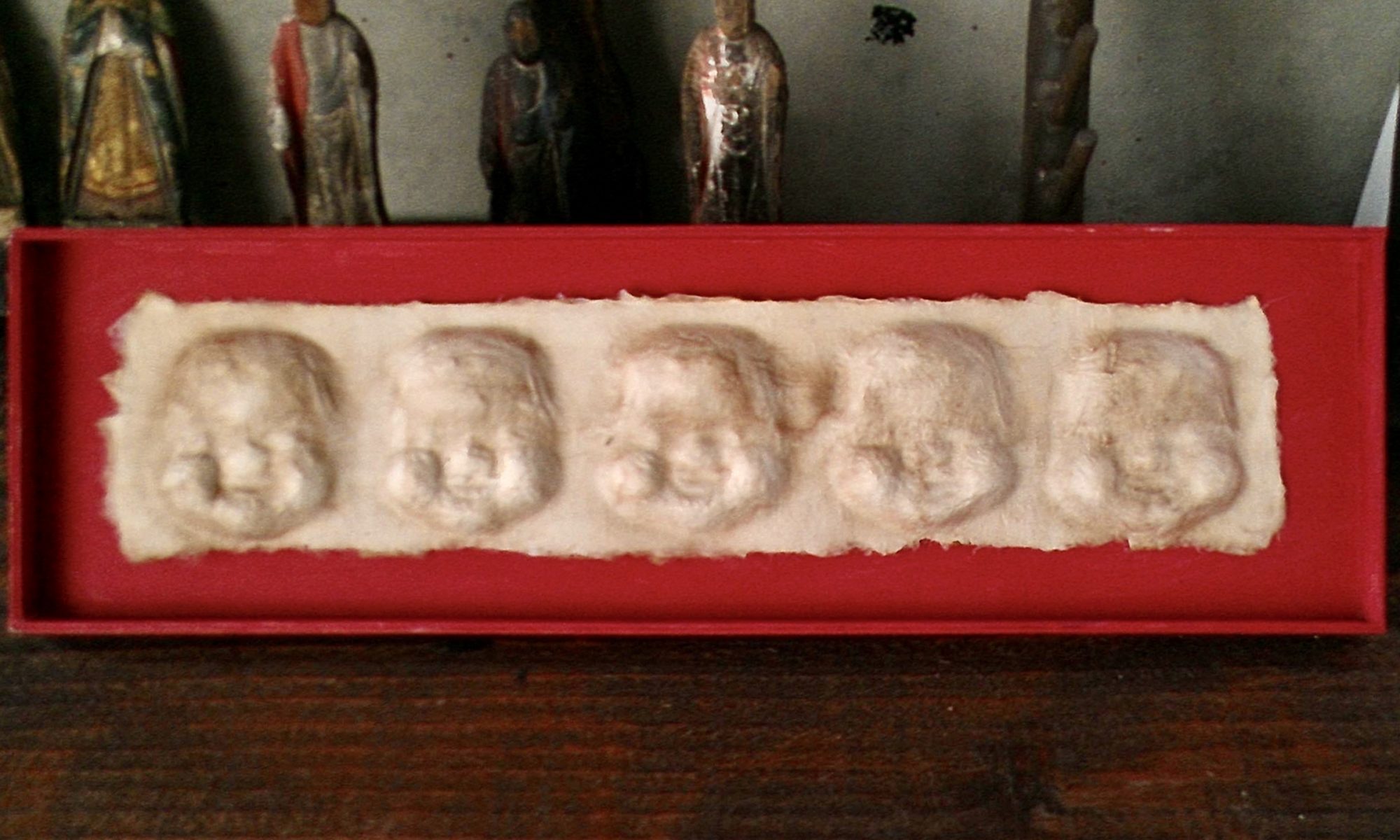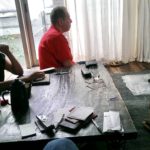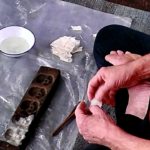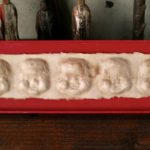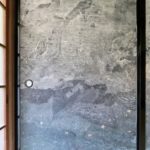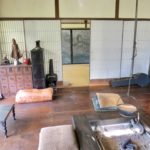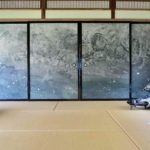As many readers may know, the Vietnamese poet Thich Nhat Hanh died on January 22nd, 2022. Richard was very moved by one particular piece of his writing. He and I abbreviated it, with some paraphrasing, in a self illuminated book we made. The passage reads more or less as follows:
“If you are a poet, you will see clearly that there is a cloud floating in this sheet of paper. Without a cloud, there will be no rain; without rain, the kozo trees cannot grow; and without kozo, we cannot make paper. The cloud is essential for the paper to exist. If the cloud is not here, the sheet of paper cannot be here either. So we can say that the cloud and the paper inter-are. “Interbeing” is a word that is not in the dictionary yet, but if we combine the prefix “inter-” with the verb “to be,” we have a new verb, inter-be.
If we look into this sheet of paper even more deeply, we can see the sunshine in it. If the sunshine is not there, the kozo cannot grow. In fact, nothing can grow. Even we cannot grow without sunshine. And so, we know that the sunshine is also in this sheet of paper. The paper and the sunshine inter-are. And if we continue to look, we can see the papermaker who cut the kozo and brought it to the workshop to be transformed into paper. And we see the rice. We know the papermaker cannot exist without his daily rice, and therefore the rice that became his meal is also in this sheet of paper. And the papermaker’s father and mother are in it too. When we look in this way, we see that without all of these things, this sheet of paper cannot exist.
Looking even more deeply, we can see we are in it too. This is not difficult to see, because when we look at a sheet of paper, the sheet of paper is part of our perception. Your mind is in here and mine is also. So we can say that everything is in here with this sheet of paper. You cannot point out one thing that is not here– time, space, the earth, the rain, the minerals in the soil, the sunshine, the cloud, the river, the heat. Everything co-exists with this sheet of paper. That is why I think the word inter-be should be in the dictionary. “To be” is to inter-be. You cannot just be by yourself alone. You have to inter-be with every other thing. This sheet of paper is, because everything else is.
Suppose we try to return one of the elements to its source. Suppose we return the sunshine to the sun. Do you think that this sheet of paper will be possible? No, without sunshine nothing can be. And if we return the papermaker to his mother, then we have no sheet of paper either. The fact is that this sheet of paper is made up only of “non-paper elements.” And if we return these non-paper elements to their sources, then there can be no paper at all. Without “non-paper elements,” like mind, papermaker, sunshine and so on, there will be no paper. As thin as this sheet of paper is, it contains everything in the universe in it.”
When we were designing the book, I said to Richard, “This is a very special piece of writing.” Richard made a sound to let me know he’d heard me, but he had no words. He was too emotional. Richard was easy to love and admire.
Tim Barrett
